Performance Management: Strategies, Benefits, and Implementation
VerifiedAdded on 2023/02/01
|7
|562
|43
Presentation
AI Summary
This presentation delves into the intricacies of performance management, emphasizing its pivotal role in enhancing employee motivation and aligning individual goals with overarching business objectives. It explores the critical functions of performance management systems, including identifying areas for improvement, fostering employee engagement, and addressing underperformance. The presentation highlights the impact of high and low-performing staff on business outcomes, emphasizing the link between effective performance management and increased customer satisfaction, sales growth, and overall business success. Furthermore, it discusses the benefits for stakeholders, including shareholders, and underscores the importance of conflict management within performance management systems. The presentation references several scholarly sources, providing a comprehensive overview of performance management strategies and their practical applications.
1 out of 7
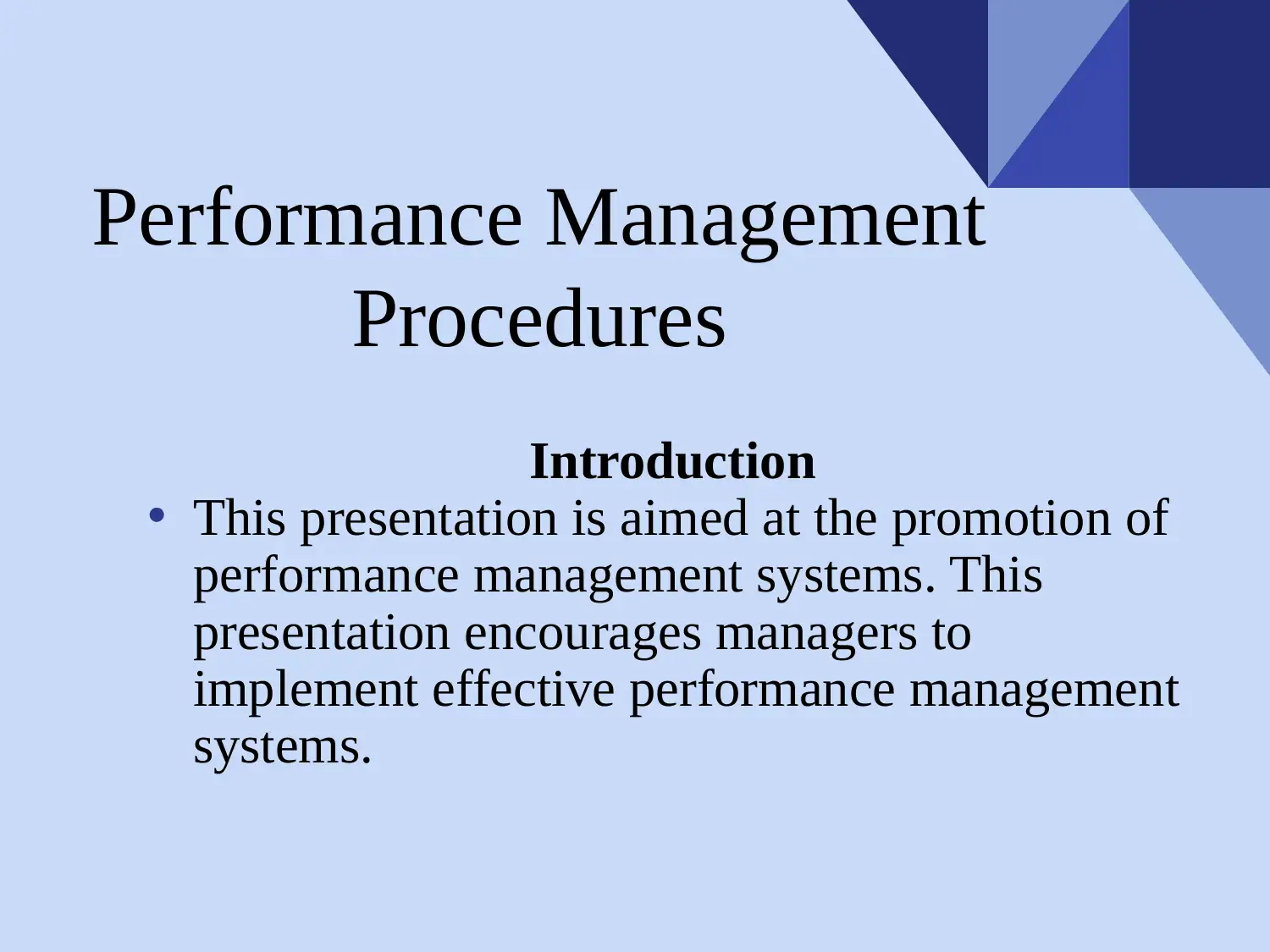
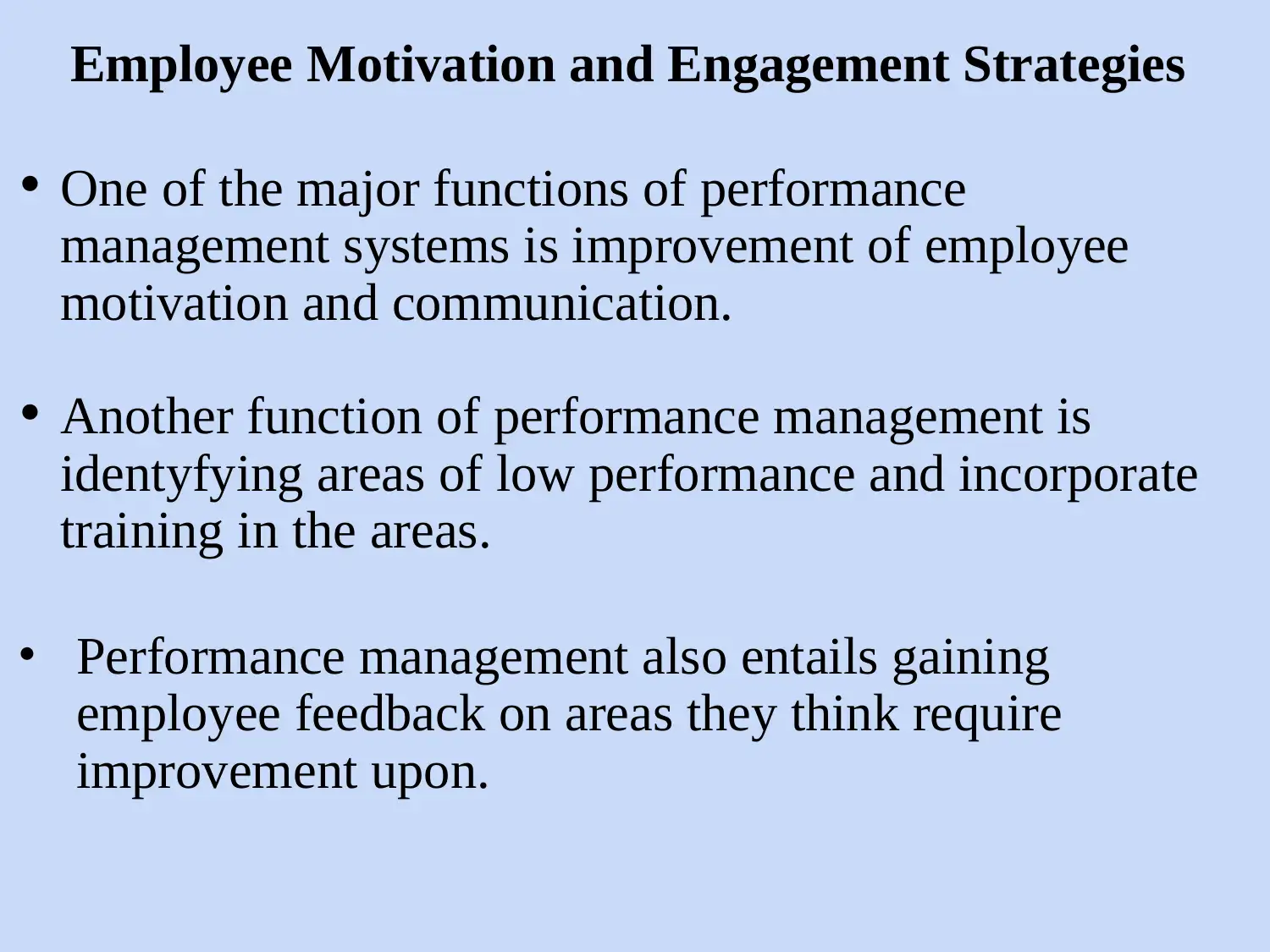
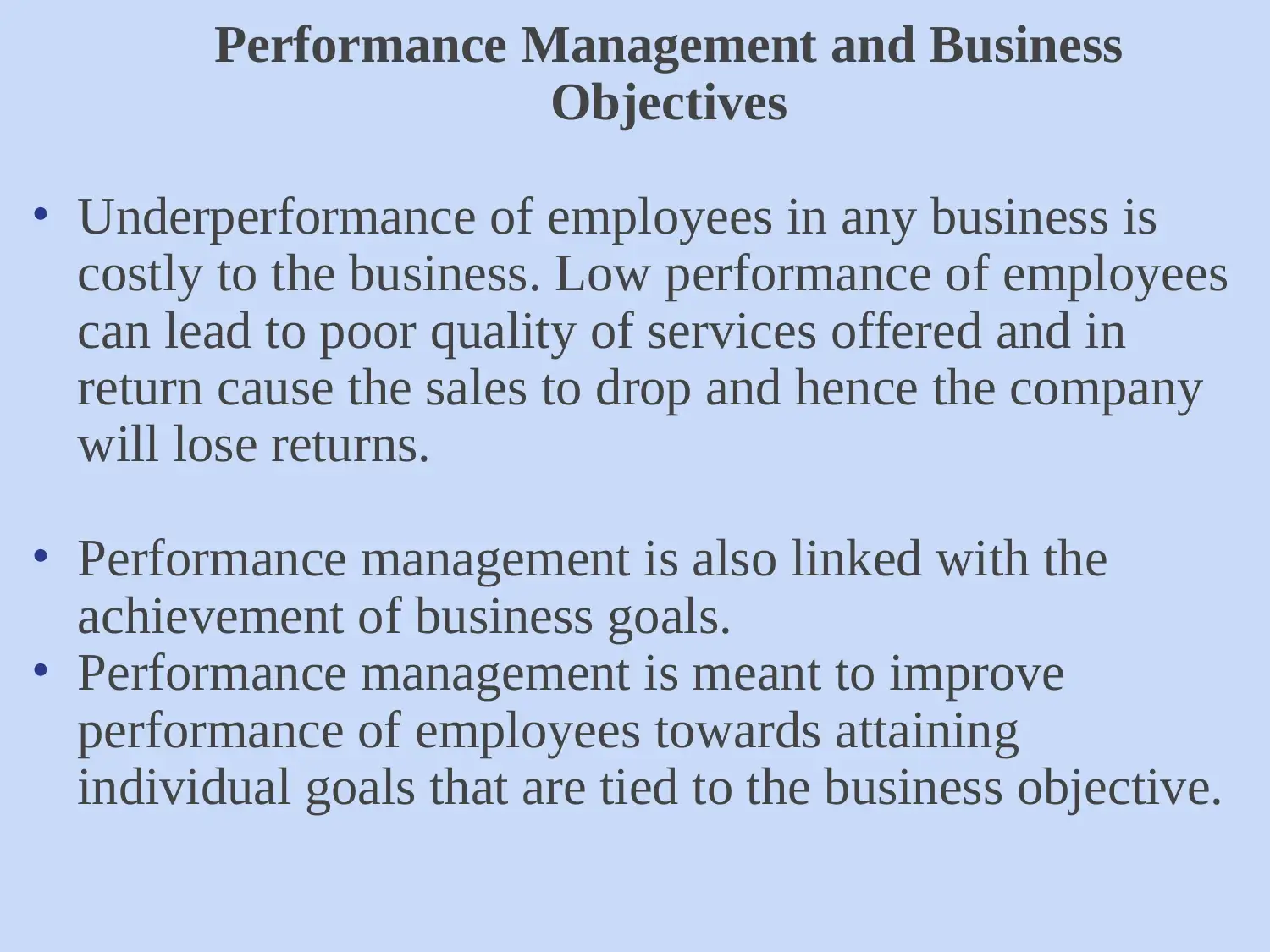

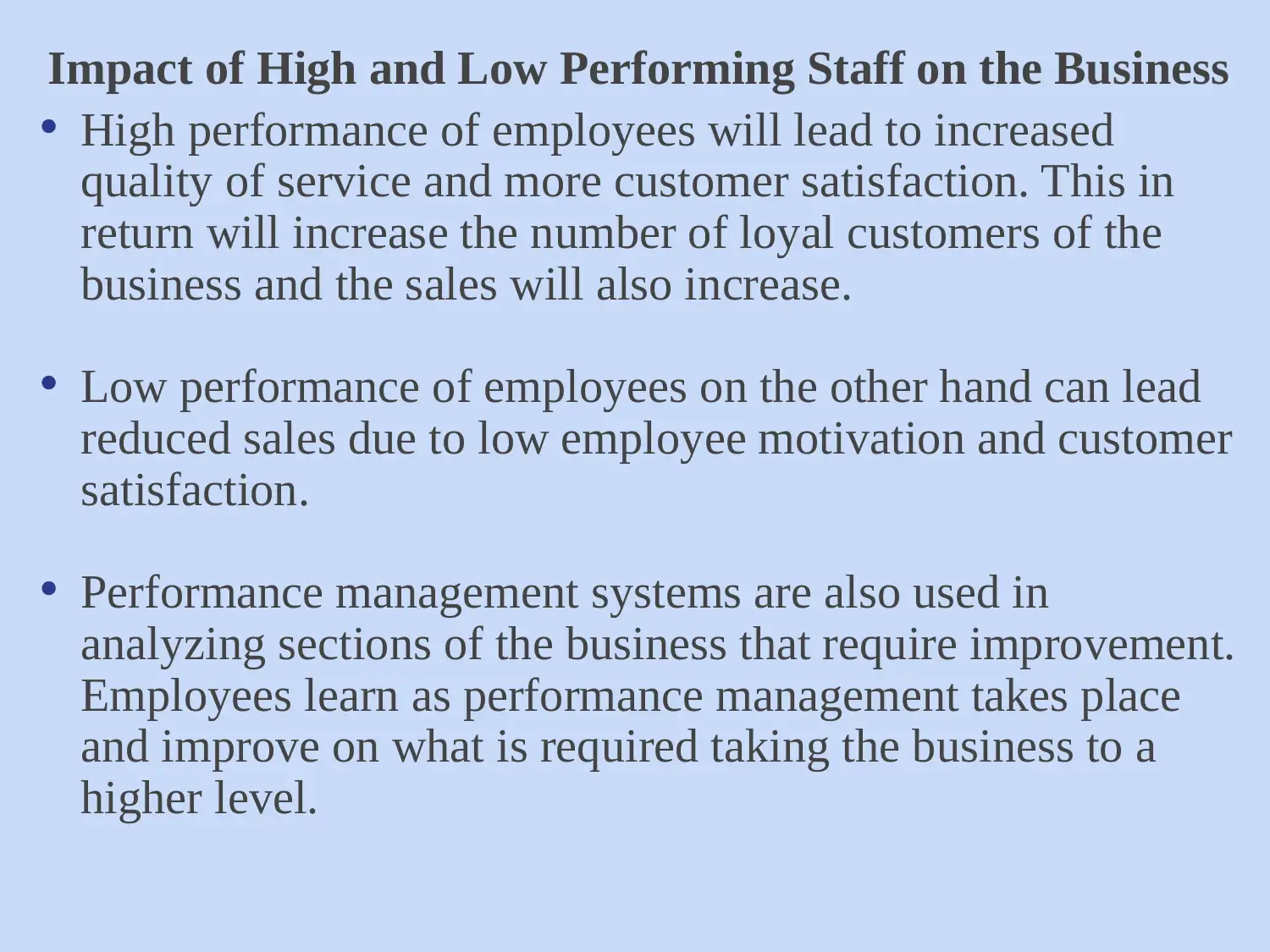
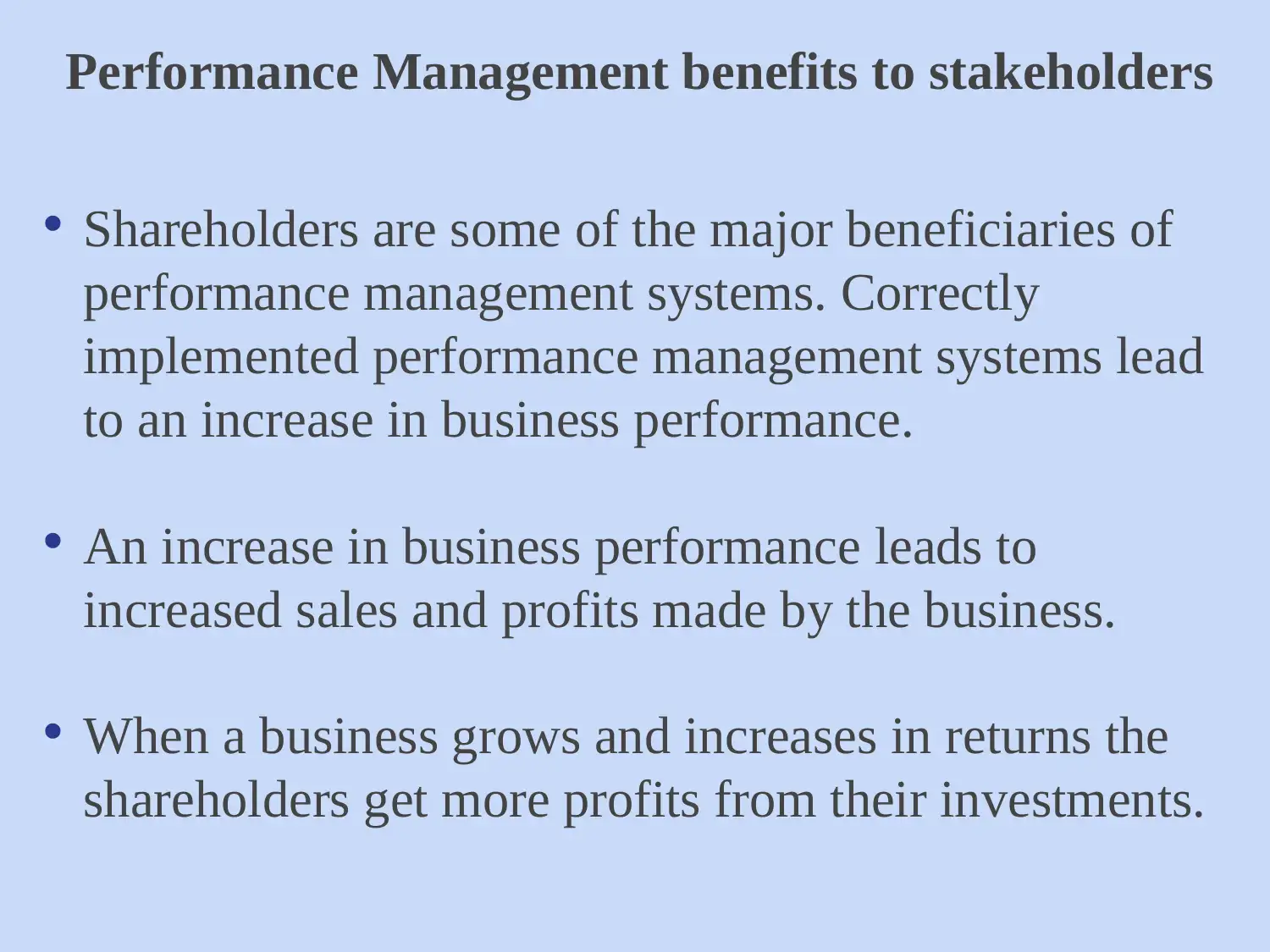
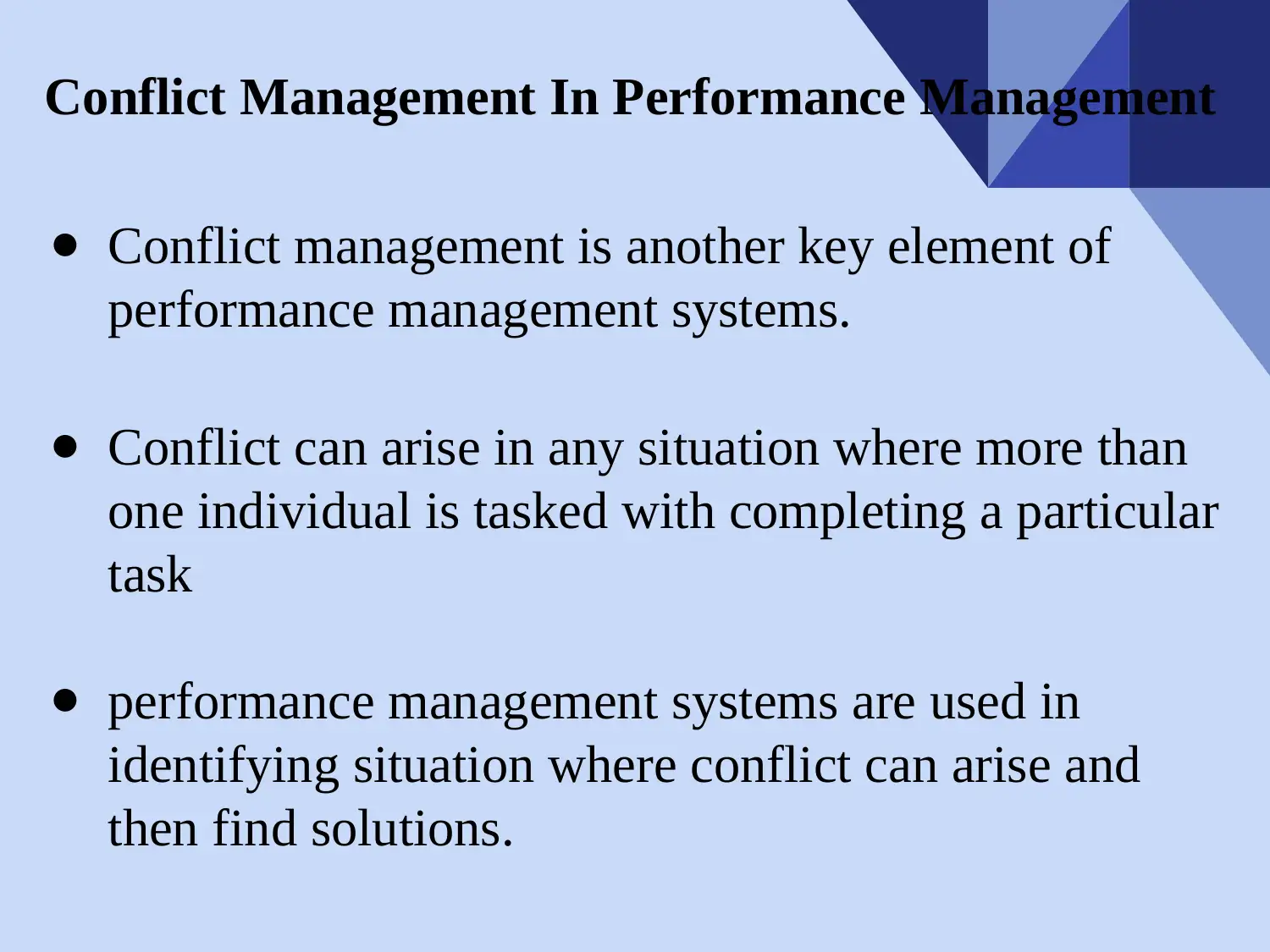
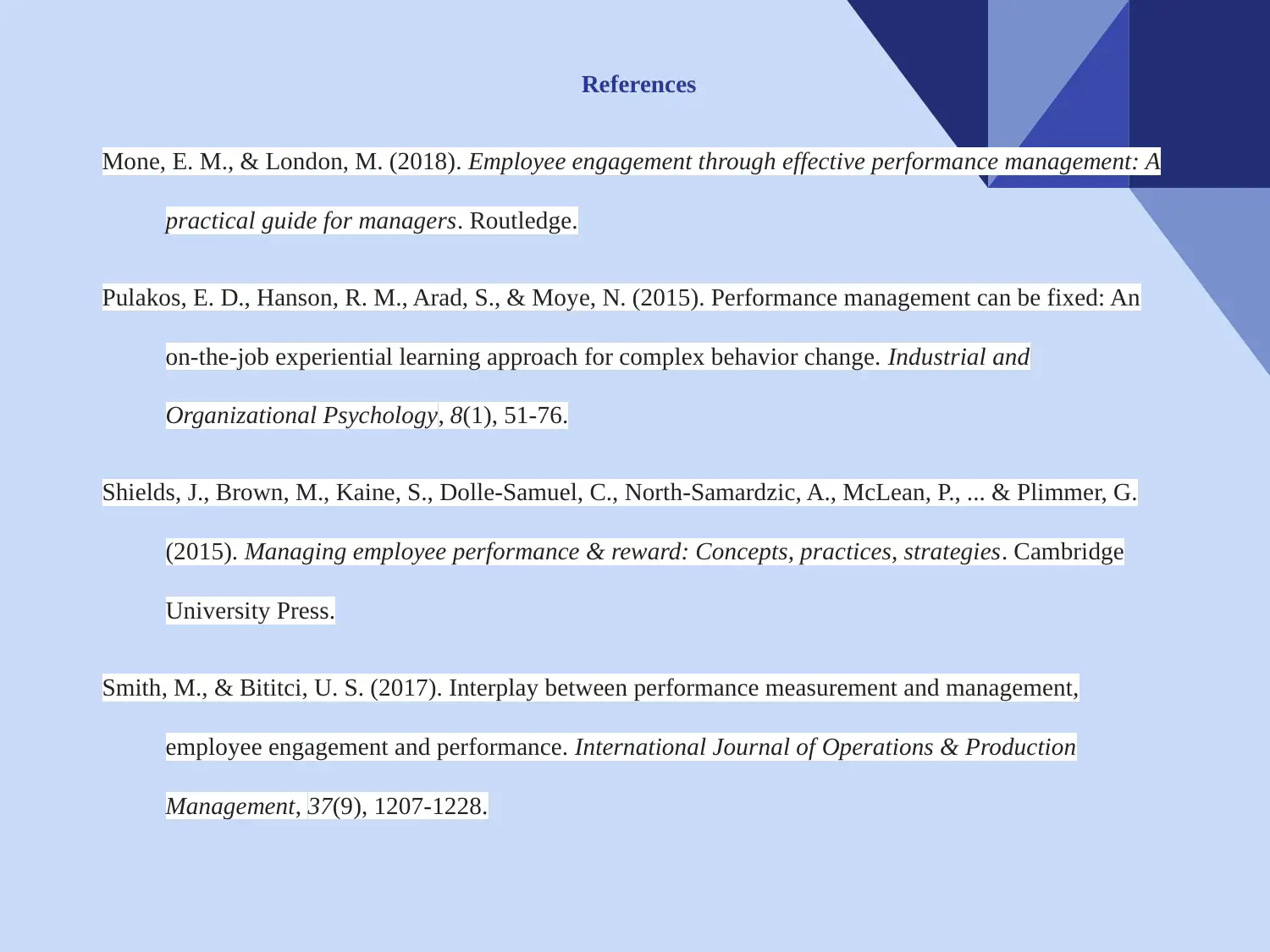






![[object Object]](/_next/static/media/star-bottom.7253800d.svg)